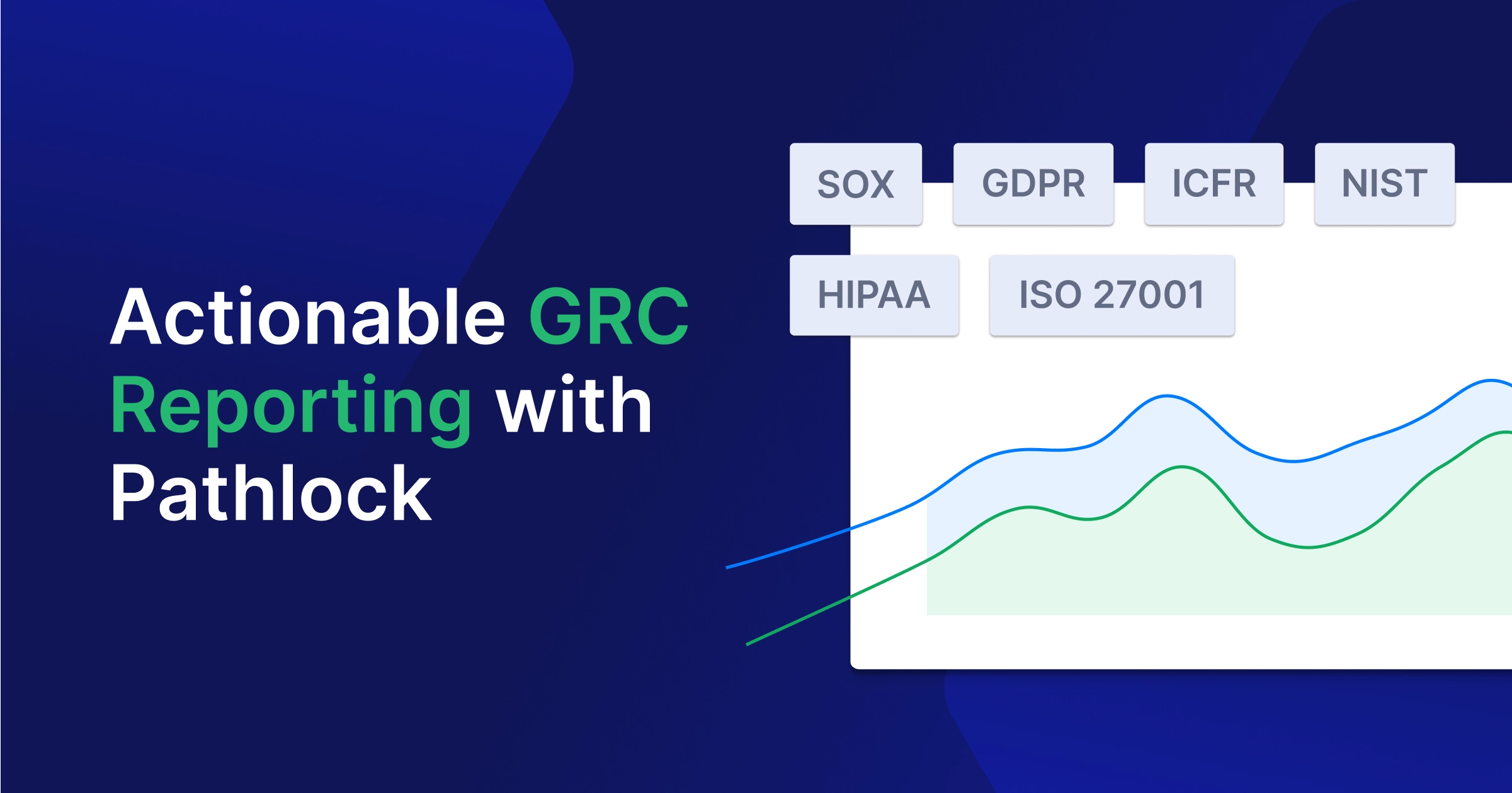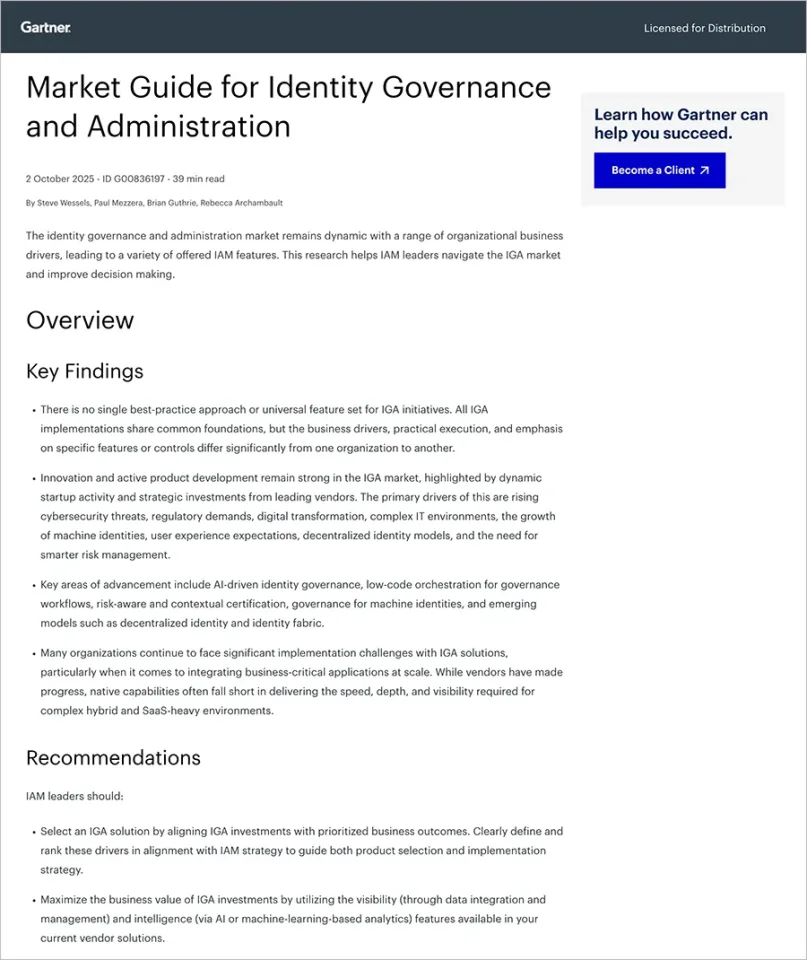Innovation and business growth have never relied more on technology and information than they do today. The fabric that weaves this complex ecosystem of information together is formed by identities—the identities of employees, customers, clients, and systems. When these identities fall into the wrong hands, a mere system glitch can transform into a full-blown identity security crisis.
In response to this looming threat, organizations must implement identity security measures. Far beyond being a mere buzzword in the realm of cybersecurity, identity security acts as a formidable shield, verifying and validating users with each access request. It serves as a critical system that keeps unwarranted entities at bay, fortifying the organization against potential security disasters.
Beyond the conventional cybersecurity measures, identity security stands as the first line of defense against malicious intruders. It goes beyond securing systems and data and safeguards the very core of an organization—the identities of its employees, clients, and users.
However, like any robust system, identity security is not without its limitations. Understanding these limitations and discerning the essential elements to look for in an identity security solution is important for leadership and technology officers as they design a system’s security. This article aims to shed light on the intricacies of identity security, offering insights into its definition, significance, limitations, and key features to help organizations fortify their security posture.
What is Identity Security?
Identity security is a specialized form of protection focused on safeguarding individual and system identities within your organization from unauthorized access or malicious exploitation.
The Role of Identity and Access Management in Identity Security
Identity and Access Management (IAM) and identity security complement each other, serving different yet connected purposes. IAM manages who has access to what within your organization, controlling identities and their access rights across various systems and platforms.
Conversely, identity security secures these identities and prevents their exploitation. It involves continuous monitoring and risk assessment of identities, ensuring every access request aligns with the associated privileges.
While IAM defines who can access what, identity security vigilantly monitors these identities, flagging any unusual activity. It acts as a guard against potential threats exploiting these identities.
The Connection Between Identity Security and Zero Trust
Zero Trust is a security framework that believes in “never trust, always verify.” It scrutinizes every network access request, regardless of its origin or the frequency with which the requester accesses the resources.
Identity security is crucial in enforcing a Zero Trust model. It verifies every access request and continuously monitors activities, detecting any deviations from normal behavior. This added layer of security upholds the principles of Zero Trust, preserving your organization’s security fabric.
In essence, identity security is the backbone of a robust security stance, working closely with IAM and Zero Trust to strengthen your organization’s security framework. This combined approach vigilantly monitors identities, their activities, and successfully thwarts potential threats before they cause damage.
The Importance of Identity Security
Identity security protects individuals and system identities from unauthorized access and potential misuse. It monitors each access request, ensuring only authorized users access their resources. This vigilance blocks intruders from accessing critical systems and manipulating sensitive data.
This extends beyond safeguarding user accounts. It also secures management systems. It serves as a protective barrier around your IAM system, requiring strict verification for modifications like creating new accounts or updating access privileges. This precaution thwarts unauthorized system manipulation and curbs insider threats.
Implements Zero-Trust Architecture
A robust identity security framework is essential for a successful Zero Trust architecture. This model, rooted in the “never trust, always verify” principle, requires stringent validation for each access request. Identity security facilitates this by consistently monitoring user activities and evaluating risks tied to each request.
The thorough verification process is crucial for the Zero Trust model’s success. It guarantees that any abnormal behavior or suspicious activity prompts immediate alerts and corrective action, thus maintaining a secure network environment.
The system flags unusual activity, such as multiple failed login attempts or abnormal data access patterns, instantly alerting your security team. This quick response capability can stave off data breaches and minimize potential damage.
Enhances Organizational Efficiency
Identity security not only fortifies your organization’s defenses but also boosts its efficiency. By automating identity verification and access control, it eliminates manual intervention, saving time and reducing operational costs.
Furthermore, the system offers a transparent audit trail of user activity, which aids troubleshooting and promotes accountability. This transparency can reveal areas for improvement and refine your organization’s operations.
Maintains Regulatory Compliance
Many sectors require organizations to adhere to various data protection and privacy regulations. A robust identity security system helps maintain compliance by ensuring only authorized individuals access sensitive data and accurately logs all access activities.
Identity security simplifies the compliance process by providing necessary security measures and audit trails. It not only serves as a security tool but also plays a vital role in achieving and maintaining regulatory compliance.
Understanding Identity Security Limitations
Even though identity security offers numerous benefits, its integration into your organization may come with certain limitations.
Standardization Issues
The cybersecurity field, including identity security, lacks standardization. This can complicate integration with various systems and platforms. Each vendor often follows their unique schema and nomenclature, posing a challenge to ensure smooth interaction between different components.
Possible System Errors
No technology is perfect, and identity security is no exception. Although infrequent, system errors can occur, leading to false positives or negatives, which can impact operations and security.
Cost Implications
A comprehensive identity security system can be expensive, especially for smaller organizations. Costs related to licensing, implementation, maintenance, and upgrades can pose a financial burden.
User Experience Challenges
Striking a balance between stringent security measures and a user-friendly experience is crucial to avoid affecting productivity. As with all new user security measures, identity security can impact the user experience in a negative way.
Understanding these limitations allows you to proactively address them, enabling you to make the most of your identity security system.
Choosing the Right Identity Security Solution
Transparency
Transparency ranks first when selecting an identity security solution. A system that provides a clear view of who accessed what, when, and from where ensures accountability. Such visibility helps spot unusual or suspicious behavior early, allowing for immediate action to safeguard your data and systems.
Security
Opt for a solution that uses advanced measures such as adaptive multi-factor authentication, encryption, and behavioral analytics. This type of system can identify user behavior anomalies, ward off unauthorized access, and monitor all user activity across your network, bolstering your organization’s defense against threats.
Reliability
A reliable identity security solution operates consistently, offering accurate and timely results. It should minimize downtime, provide unbroken access to resources, and alert your security team of any threats promptly. A dependable solution supports seamless operations while ensuring security.
Scalability
Scalability is vital as your organization expands. The system should manage an increasing number of users and resources without hindering performance or security. A scalable solution facilitates the seamless addition of new users and systems, providing uninterrupted protection as your organization grows.
Privacy
Finally, the identity security solution’s privacy features are crucial. The system should respect and protect user privacy, complying with the necessary data protection and privacy regulations. A privacy-centered solution promotes regulatory compliance and builds trust among users.
Enhancing Organizational Identity Security: A Practical Approach
Improving your organization’s identity security may seem daunting, but practical steps can fortify your defenses, building a climate of trust and efficiency. Here are some strategies your organization can adopt:
Upgrade Authentication Procedures
The cornerstone of efficient identity security lies in robust authentication mechanisms. Consider multi-factor authentication, which uses multiple verification methods, adding an extra safety layer. This could be a blend of something the user knows (such as a password), something the user possesses (like a mobile phone), and something unique to the user (like a fingerprint).
Train Staff on Security Best Practices
Your employees are crucial in sustaining identity security. Hold regular training sessions to inform them about possible threats and the significance of following security policies. Promote the use of robust, unique passwords and caution against suspicious emails or requests that could result in a potential breach.
Invest in Trustworthy Security Software
Choosing trustworthy security software is essential. Prioritize solutions with features like real-time monitoring, threat detection, and incident response. Make sure your selected software stays current with the newest security patches and updates, offering a solid defense against emerging threats.
Manage Exposed Privileged Accounts
Privileged accounts, with their access to critical resources, can be a significant security risk if breached. Frequently audit these accounts and remove unnecessary privileges. For dormant accounts, disable them to avoid unauthorized access. The implementation of a least privilege policy, where users have the minimum access levels needed for their tasks, can also reduce risks.
Carry Out Regular Security Audits
Periodic security audits help detect potential weaknesses in your system. These audits offer a chance to evaluate your organization’s compliance with security best practices, pinpoint areas of improvement, and formulate action plans to augment your identity security framework.
Create an Incident Response Plan
Security incidents may still occur despite your best precautions. A well-structured incident response plan ensures readiness to respond swiftly and effectively. The plan should detail how to identify, contain, eliminate, and recover from an incident, minimizing potential harm and downtime.
While improving identity security is an ongoing process, these measures will strengthen your organization’s defenses, safeguarding your resources and reputation.
Enhance Your Company’s Identity Security with Pathlock
Pathlock’s Application Access Governance (AAG) is a cross-application product that provides systematic and controlled management of user permissions and privileges within an organization’s digital ecosystem. It encompasses the processes, policies, and tools that ensure the appropriate allocation, monitoring, and revocation of user access to various software applications, databases, and resources.
In an increasingly interconnected and data-driven business landscape, where the number of applications and user roles can be extensive, AAG ensures that only authorized personnel can access and utilize specific resources.
This prevents unauthorized data breaches, reduces the potential for insider threats, and aids in maintaining compliance with industry regulations such as GDPR, HIPAA, FERPA, and SOX. AAG also facilitates efficient onboarding and offboarding processes, minimizing the risk associated with former employees retaining unnecessary access.
Get in touch with us today to learn more about how Pathlock can help you take a zero risk approach to managing your user identities and the risks associated with user access.



